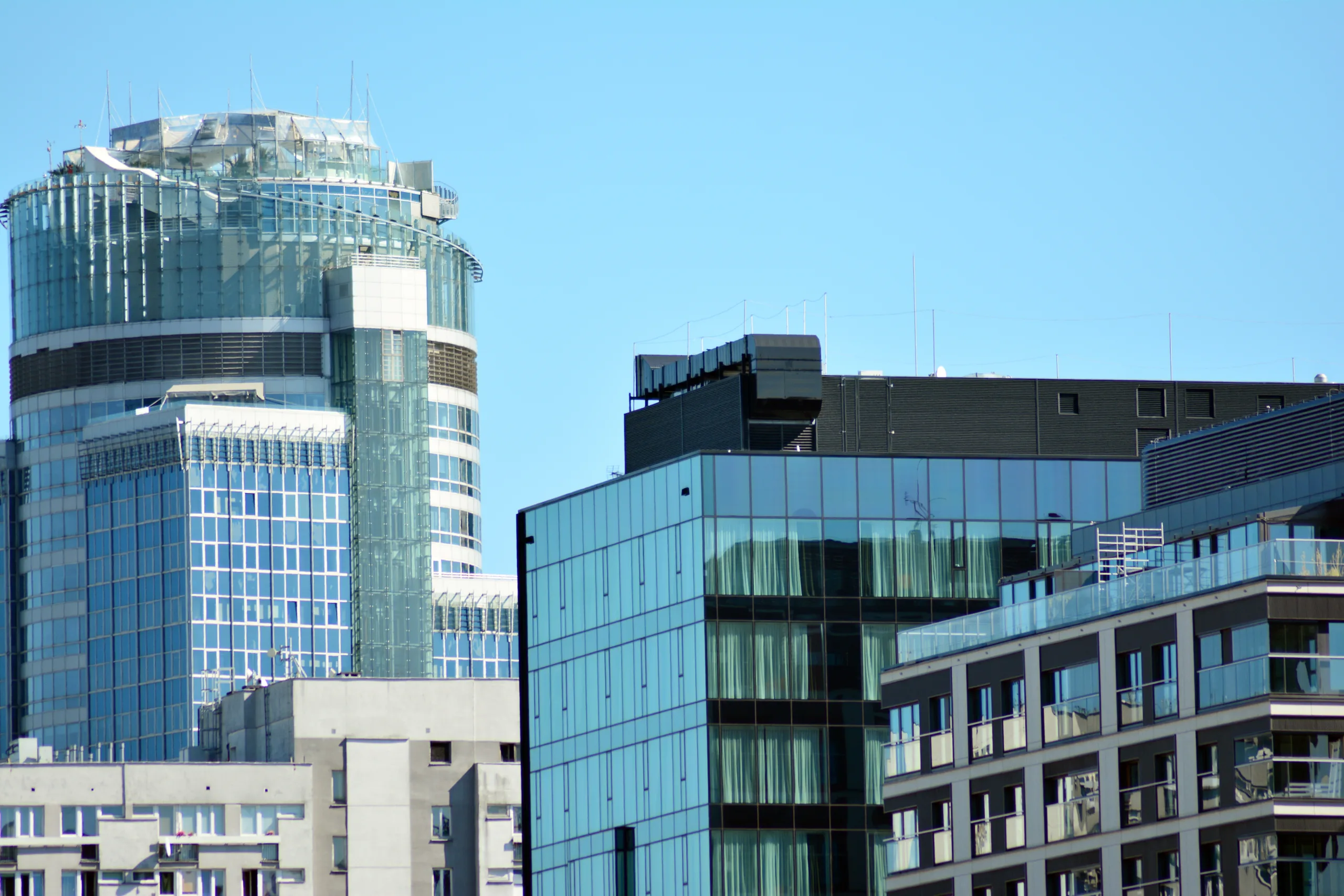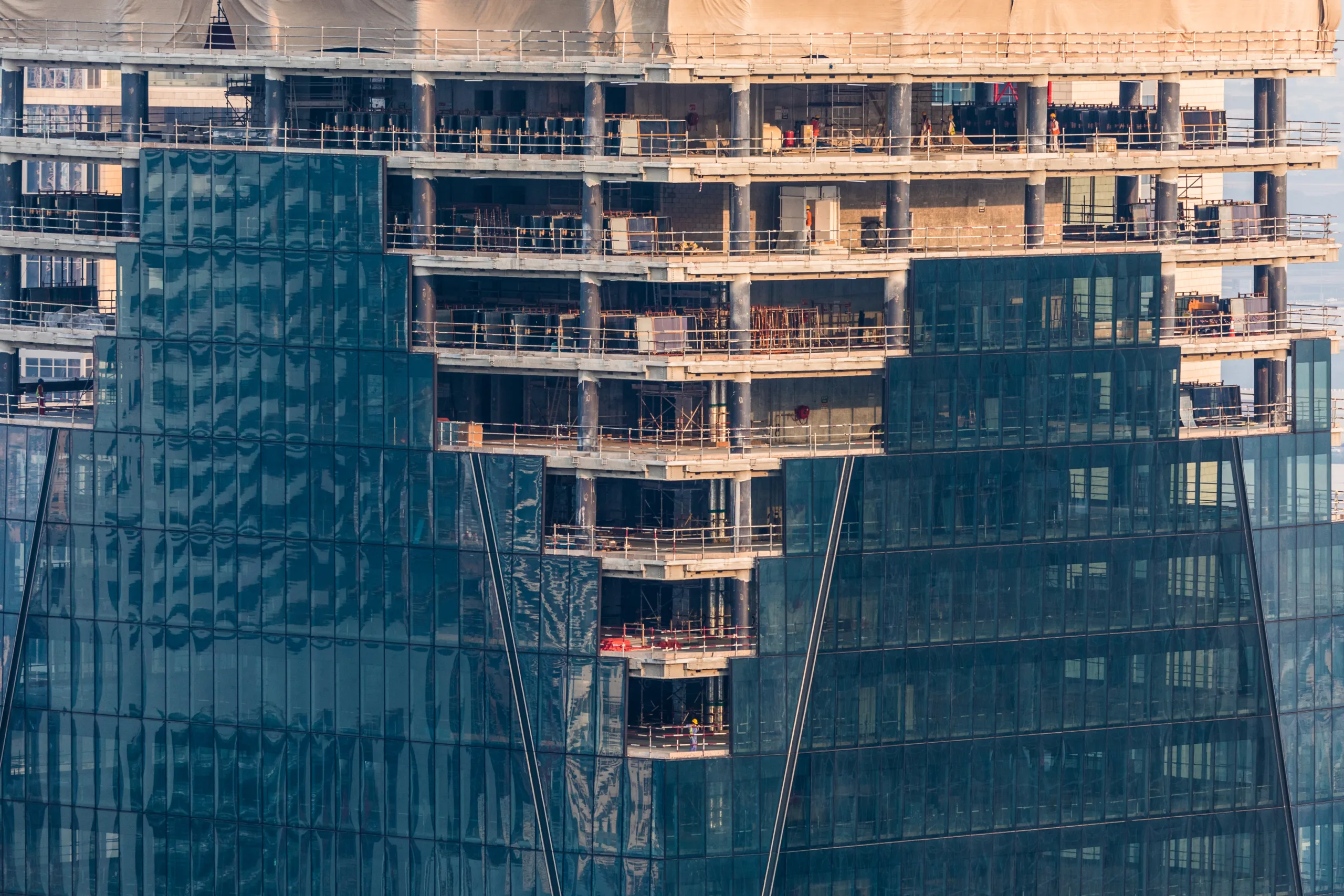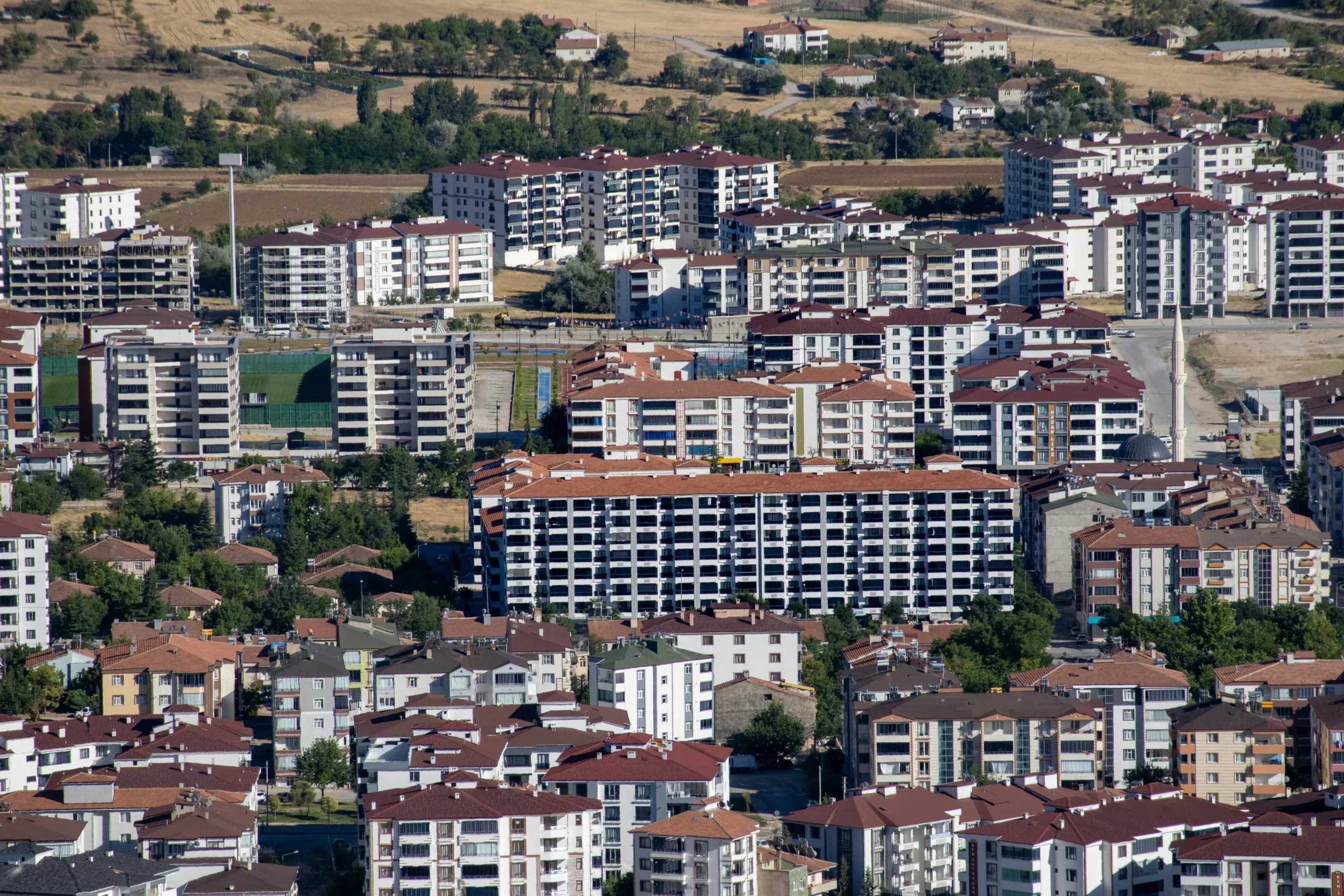- Construction delays ticked up to 46%, driven largely by permitting issues and worsening project feasibility.
- Economic feasibility was the top reason for delayed starts, cited by 83% of developers—up sharply from 57% last quarter.
- Financing conditions are improving, with both debt and equity expected to become more available over the next 6–12 months.
- Permitting timelines remain lengthy, with less than one-fifth of respondents receiving permits in under two months.
More Delays, More Economic Pressure
In September’s survey of 62 leading multifamily developers, 46% reported project delays, reports NMHC. That’s a slight increase from 43% in June. Despite the uptick, it remains the second-lowest share recorded since the survey began in 2022. While that may sound encouraging, developers are increasingly pointing to economic feasibility as the core issue. A full 83% cited it as a key reason for delayed starts—up from just 57% in June.
Permitting delays remain common, but the trend is shifting: permitting issues were cited by 75% of those facing delays, down from 85% in June. In contrast, start delays climbed to 85%, suggesting a shift from bureaucratic to financial and strategic barriers.
Where Delays Are Happening
Developers continued to point to the Southeast—especially markets like Atlanta, Charlotte, and Orlando—as hot spots for delays (27%). The Northwest Coast, Rockies, and Texas followed, each cited by about 15% of respondents. The Great Lakes region, once a top concern, saw a drop in mentions to just 8%.
Permitting Still Takes Time
While timelines are slowly improving, only 16% of respondents reported receiving permits within two months. The most common response was 3–4 months (26%), with nearly half of respondents still needing five months or more. This remains a drag on project timelines.
Get Smarter about what matters in CRE
Stay ahead of trends in commercial real estate with CRE Daily – the free newsletter delivering everything you need to start your day in just 5-minutes
Deals Are Being Repriced—Mostly Down
Market volatility is showing up in repricing activity:
- 41% of developers reported repricing deals down (up from 34% in June).
- Only 26% reported repricing up, down sharply from 38%.
- 25% reported no repricing, up from 19%.
Despite that, the average price shift held steady at around +5%, indicating mixed market sentiment.
Market Outlook: Short-Term Uncertainty, Long-Term Optimism
Short-term market sentiment is improving modestly:
- The short-term market index rose to 51, signaling slightly more optimism.
- The medium-term index increased to 54, and the long-term index climbed to 75, showing that more developers expect conditions to improve over time.
Construction Costs: Short-Term Relief, Long-Term Pain
While more developers expect short-term cost stability or even declines (cost index: 53), the outlook worsens further out:
- Medium-term index dropped to 48 (more expect cost increases).
- Long-term index fell to 37, with 49% expecting higher costs over the next 6–12 months.
Financing Conditions Are Improving
Debt financing availability is expected to rise across all timeframes:
- 60 (short-term)
- 69 (medium-term)
- 78 (long-term)
Equity financing is also expected to become more available:
- Index jumps from 48 (short-term) to 82 (long-term)
This suggests developers are optimistic that funding constraints will ease in the coming year.
Labor & Materials
- Labor availability index is 48 short-term, suggesting more respondents expect conditions to tighten.
- Long-term labor index is just 38, with 43% expecting labor to be less available in the next 6–12 months.
- Material availability is steady now (index: 55 short term), but expected to decline in the long run (index: 48).
Only 18% of developers reported material delays in the last three months—a notable decline from earlier in the year. Electrical components remain a common bottleneck.
Subcontractor Defaults And Extra Requirements
- 11% reported an increase in subcontractor defaults, down from 15% in June.
- 57% reported new project requirements (e.g., offsite improvements, affordability rules, or impact fees)—the highest rate recorded this year.
Why It Matters
The September 2025 data reveals an industry facing two competing forces: near-term uncertainty around project feasibility and delays, and growing confidence in long-term improvement, especially in financing availability. While permitting and regulatory timelines continue to be a pain point, rising optimism around capital access may support a new wave of multifamily construction in 2026.
What’s Next
As developers wait for permitting to catch up and financing pipelines to reopen fully, economic feasibility will remain the dominant challenge in the months ahead. Still, a return to stronger deal flows could emerge as early as next spring—if cost pressures and labor availability don’t derail the momentum.
Stay tuned for the next Construction Quarterly Survey in December 2025.


















